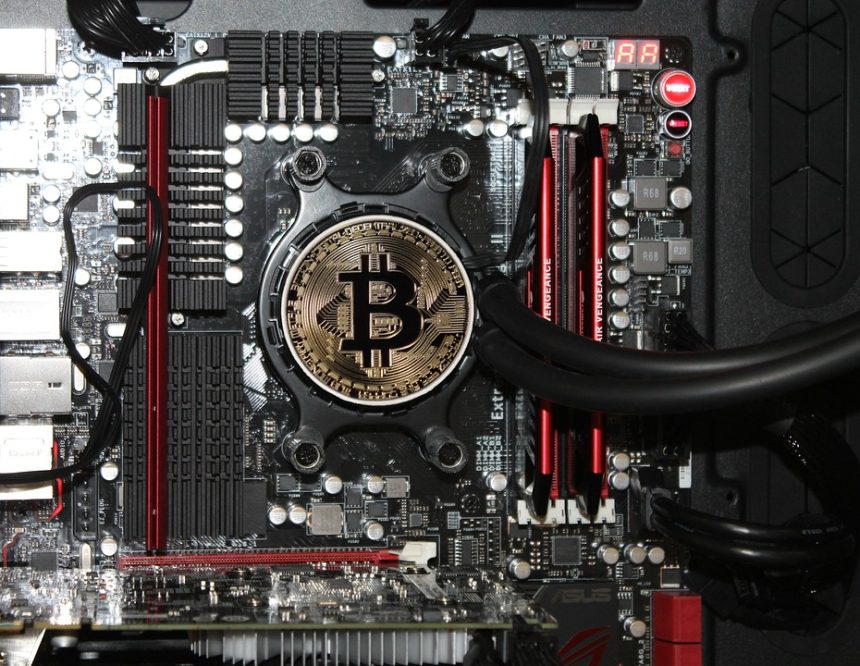The internet has undergone significant transformations since its inception, shifting from static HTML pages to complex, interactive web applications. With the rise of blockchain technology, we find ourselves on the brink of another revolution: decentralized websites. In this blog post, we’ll explore how decentralized technologies are reshaping the web, examining platforms like the InterPlanetary File System (IPFS) and decentralized applications (dApps).
Understanding Decentralization
Before diving into the specifics, it’s crucial to understand what decentralization means in the context of web development. Traditional web architecture typically relies on centralized servers, meaning that a single entity has control over the data and infrastructure. This model poses various risks, including data breaches, censorship, and single points of failure.
Decentralization aims to distribute data control across a network of participants. In a decentralized web, data is stored across multiple locations rather than being confined to a single server. This not only enhances security but also promotes data integrity and privacy.
The Role of Blockchain in Decentralized Websites
At the heart of decentralization lies blockchain technology. By enabling trustless transactions and immutable records, blockchain offers a robust framework for decentralized applications. Smart contracts and consensus mechanisms allow users to interact with web services without intermediaries.
The InterPlanetary File System (IPFS)
One of the most notable platforms facilitating the development of decentralized websites is IPFS. IPFS is a peer-to-peer file storage system designed to create a more efficient and resilient way to share and store information online. Here’s how it works:
-
Content Addressing: Unlike traditional URLs that point to a location, IPFS uses content addressing. This means that each piece of data (or file) is identified by a unique cryptographic hash. As a result, users can fetch files based on their content, not their location. This ensures that the data remains accessible as long as the content exists, irrespective of where it’s hosted.
-
Decentralization: With IPFS, files are stored across various nodes in the network, reducing the risk of data loss or censorship. If one node goes down, others can still serve the same content, ensuring that decentralized applications remain operational.
- Example in Action: Several projects have harnessed the power of IPFS for their platforms. For instance, Filecoin allows users to earn tokens by providing storage space on the IPFS network, further incentivizing decentralization.
Decentralized Applications (dApps)
Decentralized applications, or dApps, are another vital aspect of the decentralized web. These applications run on blockchain networks, offering users greater control over their data and interactions. Here’s how dApps are changing the landscape of web development:
-
Transparency and Security: dApps operate on smart contracts, which are self-executing contracts with the terms directly written into code. This eliminates the need for intermediaries and increases transparency. Users can verify transactions on the blockchain, leading to a more secure web experience.
-
User-Centric Design: Many dApps prioritize user control, giving individuals ownership of their data. This is a significant shift from traditional applications where companies often monetize user data without consent. For instance, platforms like Steemit revolutionize content creation by allowing users to earn cryptocurrency for their contributions to the network.
- Example in Action: One prominent example of a dApp is Uniswap, a decentralized exchange that allows users to trade cryptocurrencies directly from their wallets. By eliminating centralized control, Uniswap empowers users to engage in transactions with lower fees and reduced risk.
Challenges Ahead
While blockchain and decentralized technologies present exciting opportunities, they also come with challenges. Scalability, user experience, and regulatory hurdles need addressing before decentralized websites can achieve widespread adoption. Additionally, educating the user base about the benefits and functionalities of these technologies is essential for driving their acceptance.
Conclusion
Decentralized technologies are poised to reshape the web, offering alternatives to the vulnerabilities associated with traditional centralized systems. Platforms like IPFS and innovative dApps exemplify the potential of this paradigm shift. As developers embrace these technologies, we can expect a more secure, user-centric internet that empowers individuals and fosters collaboration.
The journey towards a truly decentralized web is just beginning, and with it comes a host of opportunities for those willing to explore the contours of this new frontier. Get involved, experiment, and contribute to the future of web development as we enter an era defined by transparency, autonomy, and resilience.




